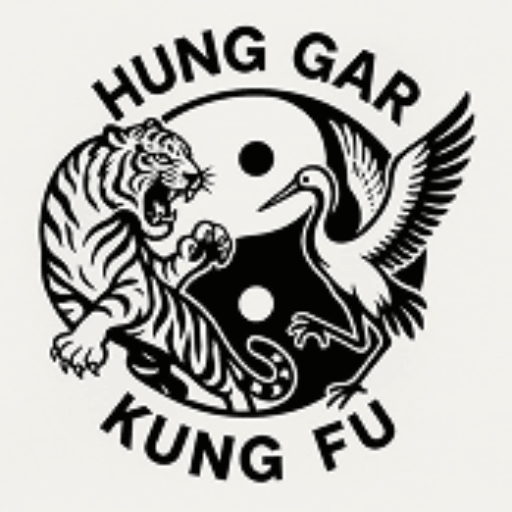When stepping into the world of martial arts training, two disciplines consistently capture the imagination of prospective students: Kung Fu and Karate. At Reading School of Martial Arts, we understand that choosing between these ancient fighting systems can feel overwhelming. This comprehensive comparison will help you make an informed decision based on your personal goals, physical capabilities, and martial arts aspirations.
Kung Fu, literally meaning "skill achieved through hard work," emerged from the monasteries of ancient China over 1,500 years ago. The legendary Shaolin Temple became the epicentre of Kung Fu development, where Buddhist monks combined meditation practices with physical combat training. This integration created a martial art that emphasised both spiritual cultivation and practical self-defence techniques.
The diversity of Kung Fu styles reflects China's vast geographical and cultural landscape. Northern styles like Long Fist emphasise high kicks and extended movements, while Southern styles such as Hung Gar focus on close-range combat and rapid hand techniques. Each regional variation developed unique characteristics based on local fighting needs and philosophical influences.
Karate originated in the Ryukyu Kingdom (modern-day Okinawa) during the 14th century, influenced by indigenous fighting methods and Chinese martial arts. The word "karate" initially meant "Chinese hand" but was later changed to "empty hand" to reflect Japan's adoption and modification of the art.
When Karate migrated to mainland Japan in the early 20th century, it underwent significant transformation. Masters like Gichin Funakoshi systematised techniques and created standardised training methods that emphasised discipline, respect, and character development alongside physical prowess.
Kung Fu training extends far beyond physical techniques, encompassing a complete lifestyle philosophy. Practitioners learn to harmonise mind, body, and spirit through moving meditation, breathing exercises, and philosophical study. The concept of "wu wei" (effortless action) teaches students to respond naturally and efficiently rather than forcing movements.
Traditional Kung Fu emphasises adaptability and flow, encouraging practitioners to develop intuitive responses to combat situations. This approach builds confidence not just in fighting scenarios but in daily life challenges, creating well-rounded individuals who can handle stress and conflict with composure.
Karate philosophy centers on character development through rigorous training and moral cultivation. The dojo kun (training hall rules) emphasises respect, perseverance, and humility. Students learn that true strength comes from self-control and the ability to avoid conflict whenever possible.
The systematic progression through colored belts provides clear milestones and goals, helping students track their development and maintain motivation. This structured approach appeals to individuals who thrive with defined objectives and measurable progress indicators.
Kung Fu techniques emphasise circular movements, flowing transitions, and adaptable positioning. Practitioners learn to redirect an opponent's force rather than meeting it head-on, utilising leverage and timing over pure strength. The training includes:
Karate emphasises direct, linear techniques designed for maximum impact and efficiency. The training methodology focuses on perfecting fundamental movements through repetition and gradual complexity increases:
Kung Fu training provides comprehensive physical development through varied movement patterns that engage the entire body. Regular practice improves:
Karate training builds explosive power and muscular endurance through focused technique repetition and conditioning exercises:
Kung Fu's emphasis on flow and adaptability makes it highly effective for real-world self-defense situations. Practitioners learn to:
The training's mental component helps students remain calm under pressure and make smart tactical decisions rather than relying solely on physical techniques.
Karate's straightforward techniques and emphasis on powerful strikes make it immediately applicable for self-defense:
The style's directness appeals to students seeking practical self-defense skills without extensive philosophical study.
Choose Kung Fu if you:
Choose Karate if you:
Your current fitness level and physical characteristics can influence which art suits you better:
Kung Fu advantages for:
Karate advantages for:
Kung Fu mastery requires patience and consistent practice over many years. Students typically experience:
Karate's structured belt system provides clear milestones:
Both arts require skilled instructors who understand not just techniques but also proper progression and safety. Look for schools that offer:
At Reading School of Martial Arts, we understand that every student's journey is unique. Our experienced instructors can help you explore both Kung Fu and Karate traditions, allowing you to discover which resonates with your personal goals and interests.
Whether you choose the flowing artistry of Kung Fu or the structured power of Karate, both paths offer lifelong benefits that extend far beyond the training hall. The discipline, confidence, and physical fitness gained through martial arts training will enhance every aspect of your life.
The choice between Kung Fu and Karate ultimately depends on your personal preferences, goals, and learning style. Both arts offer proven paths to self-improvement, physical fitness, and self-defense capability. The most important step is beginning your journey with qualified instruction and commitment to consistent practice.
Contact Reading School of Martial Arts today to schedule a trial class and discover which martial art speaks to your spirit. Our supportive community and expert instruction will guide you toward achieving your martial arts aspirations, whether they lead down the flowing path of Kung Fu or the structured discipline of Karate.
Ready to start your martial arts journey? Visit Reading School of Martial Arts at readingschoolofmartialarts.co.uk or call to schedule your first class today.
